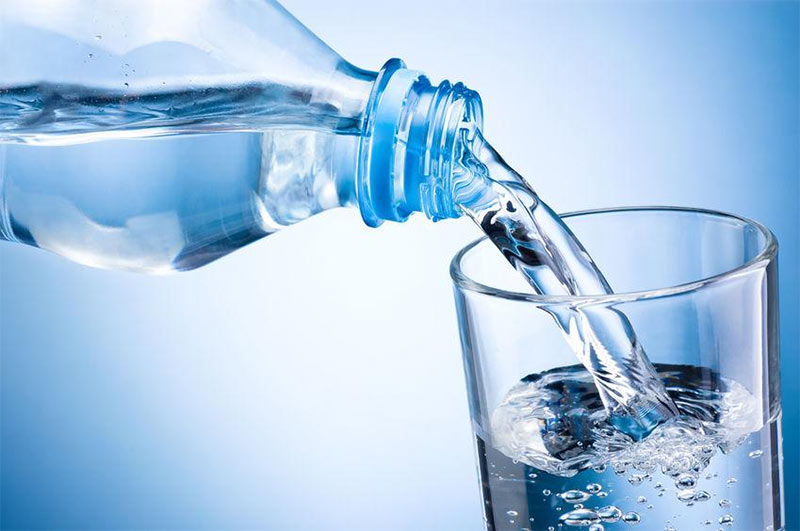
The world's leading brands of bottled water are contaminated with tiny plastic particles that are likely seeping in during the packaging process, according to a major study across nine countries published Wednesday.
Research Organizers
"Widespread contamination" with plastic was found in the study, led by microplastic researcher Sherri Mason of the State University of New York at Fredonia, according to a summary released by Orb Media, a US-based non-profit media collective.Countries included in Research
Researchers tested 250 bottles of water. The countries included: Brazil, China, India, Indonesia, Kenya, Lebanon, Mexico, Thailand and the United States of America.Research Outcomes
Plastic was identified in 93 percent of the samples, which included major name brands such as Aqua, Aquafina, Dasani, Evian, Nestle Pure Life San Pellegrino, Bisleri, Epura, Gerolsteiner, Minalba, and Wahaha.The plastic debris included nylon, polyethylene terephthalate (PET) and polypropylene, which is used to make bottle caps.
"In this study, 65 percent of the particles we found were actually fragments and not fibers," Mason told AFP.
"I think that most of the plastic that we are seeing is coming from the bottle itself. It is coming from the cap. It is coming from the industrial process of bottling the water."
Particle Sizes
Particle concentration ranged from "zero to more than 10,000 likely plastic particles in a single bottle," said the report.On average, plastic particles in the 100 microns (0.10 millimeter) size range—considered "microplastics"—were found at an average rate of 10.4 plastic particles per liter.
Even smaller particles were more common—averaging about 325 per liter.
Effects on Health
Experts cautioned that the extent of the risk to human health posed by such contamination remains unclear."There are connections to increases in certain kinds of cancer to lower sperm count to increases in conditions like ADHD and autism," said Mason.
"We know that they are connected to these synthetic chemicals in the environment and we know that plastics are providing kind of a means to get those chemicals into our bodies."
Tap water Vs Plastic Bottled Water?
Previous research by Orb Media has found plastic particles in tap water, too, but on a smaller scale."Tap water, by and large, is much safer than bottled water," said Mason.
The three-month study used a technique developed by the University of East Anglia's School of Chemistry to "see" microplastic particles by staining them using fluorescent Nile Red dye, which makes plastic fluorescent when irradiated with blue light.
"We have been involved with independently reviewing the findings and methodology to ensure the study is robust and credible," said lead researcher Andrew Mayes, from UEA's School of Chemistry.
"The results stack up."
However, representatives from the bottled water industry took issue with the findings, saying they were not peer-reviewed and "not based on sound science," according to a statement from the International Bottled Water Association.
"A recent scientific study published in the peer-reviewed journal Water Research in February 2018 concluded that no statistically relevant amount of microplastic can be found in water in single-use plastic bottles," it added.
"There is no scientific consensus on the potential health impacts of microplastic particles. The data on the topic is limited and conclusions differ dramatically from one study to another."
Jacqueline Savitz, chief policy officer for North America at Oceana, a marine advocacy group that was not involved in the research, said the study provides more evidence that society must abandon the ubiquitous use of plastic water bottles.
"We know plastics are building up in marine animals, and this means we too are being exposed, some of us every day," she said.
"It's more urgent now than ever before to make plastic water bottles a thing of the past."
Originally published in Phy.org.






No comments:
Post a Comment
Note: only a member of this blog may post a comment.